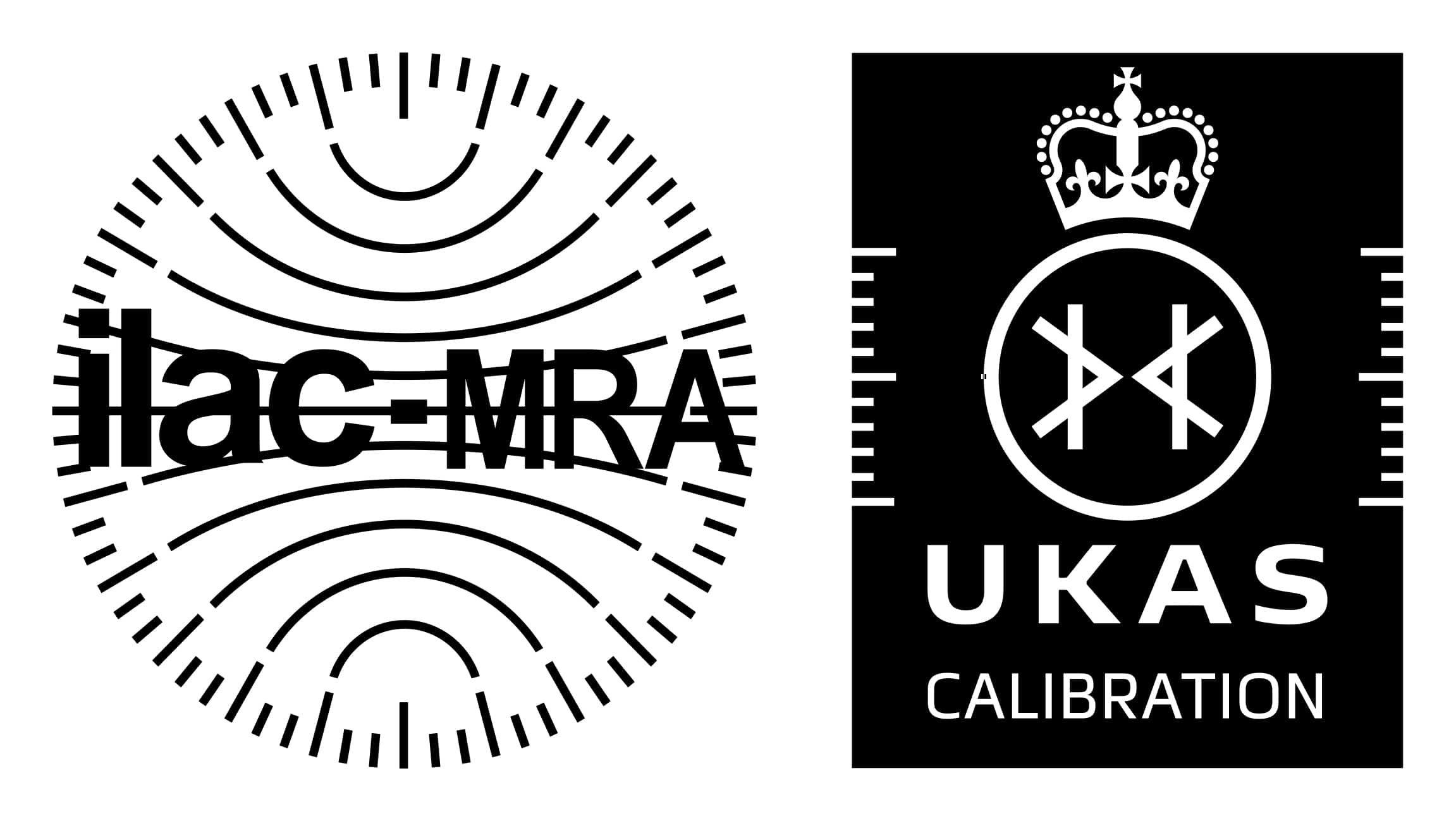Traceability
Reference Standards on UKAS calibration Certificates
The purpose of this section is to assist you with the discussions you may have with assessors from certification bodies about the content of calibration certificates.
Difficulties sometimes occur because assessors wish to see details of the reference standards used for calibration included on UKAS calibration certificates.
Any calibration laboratory that holds UKAS accreditation has to operate in accordance with UKAS requirements at all times. These requirements apply not only to the calibrations for which the laboratory offers a service, but also to all subsidiary measurements (for example, of environmental conditions) whose accuracy may significantly affect the accuracy or validity of such calibrations.
The laboratory has to have procedures for carrying out the calibrations & for the management & calibration of its reference standards of measurement & other measuring equipment. These procedures have to meet the requirements of the the current UKAS accreditation standard.
To satisfy the UKAS requirement, laboratories must hold all of the appropriate reference standards of measurement that they need, and maintain them in an appropriate state of calibration at all times.
UKAS checks that the above requirements are being satisfied. There is therefore no need to provide details of the equipment used on calibration certificates since UKAS accreditation provides all the assurances that the user needs.
This text is based upon a technical policy statement issued by the United Kingdom Accreditation Service.
Metrology Measuring Errors
All engineers, regardless of the branch of the profession to which they belong, are constantly faced with the problem of measurement. It may be of time, mass, force, temperature, the flow of an electric current, length, angle, and so on; or it may be of the effects of some of these in combination. Almost invariably, the results of such measurements will determine the course of action the engineer takes thereafter. Thus the results obtained by measurements provide information upon which decisions are made.
All such measurements form part of the science of metrology. The mechanical and production engineer are, however, especially concerned with the measurement of length and angle. Of these, length is of fundamental importance since angular measurement may be carried out by the appropriate use of linear measurements in combination.
Thus the purpose of any measurement is to provide a service to enable a decision to be made. The service will not be complete unless the measurement is made to an acceptable degree of accuracy, but it must be realized that no measurement is exact. It is therefore necessary to state not only the measured dimension, but also the accuracy of determination to which the measurement has been made. As far as possible the errors inherent in the method of measurement used should be kept to a minimum, and having minimized the error, its probable magnitude, or accuracy of determination, should be stated.
It follows that it is not enough to state that the nominal size of a gauge block is, for example, 30mm. It is also necessary to state:
(a) The measured error in the block,
e.g. - 0,000 2mm
(b) The accuracy of determination,
e.g. +/- 0,000 4mm
The user, having this information, may now avail himself of it if necessary. If the gauge block is used to set the datum for a vernier height gauge which can only be read to 0,02mm, then the gauge block errors are negligible and can be ignored. If on the other hand, it is used to set up a comparator whose scale divisions represent 0,001mm, then the measured error is significant and must be considered, and the accuracy of determination of the gauge block must be incorporated in the accuracy of determination of the comparison being made.



